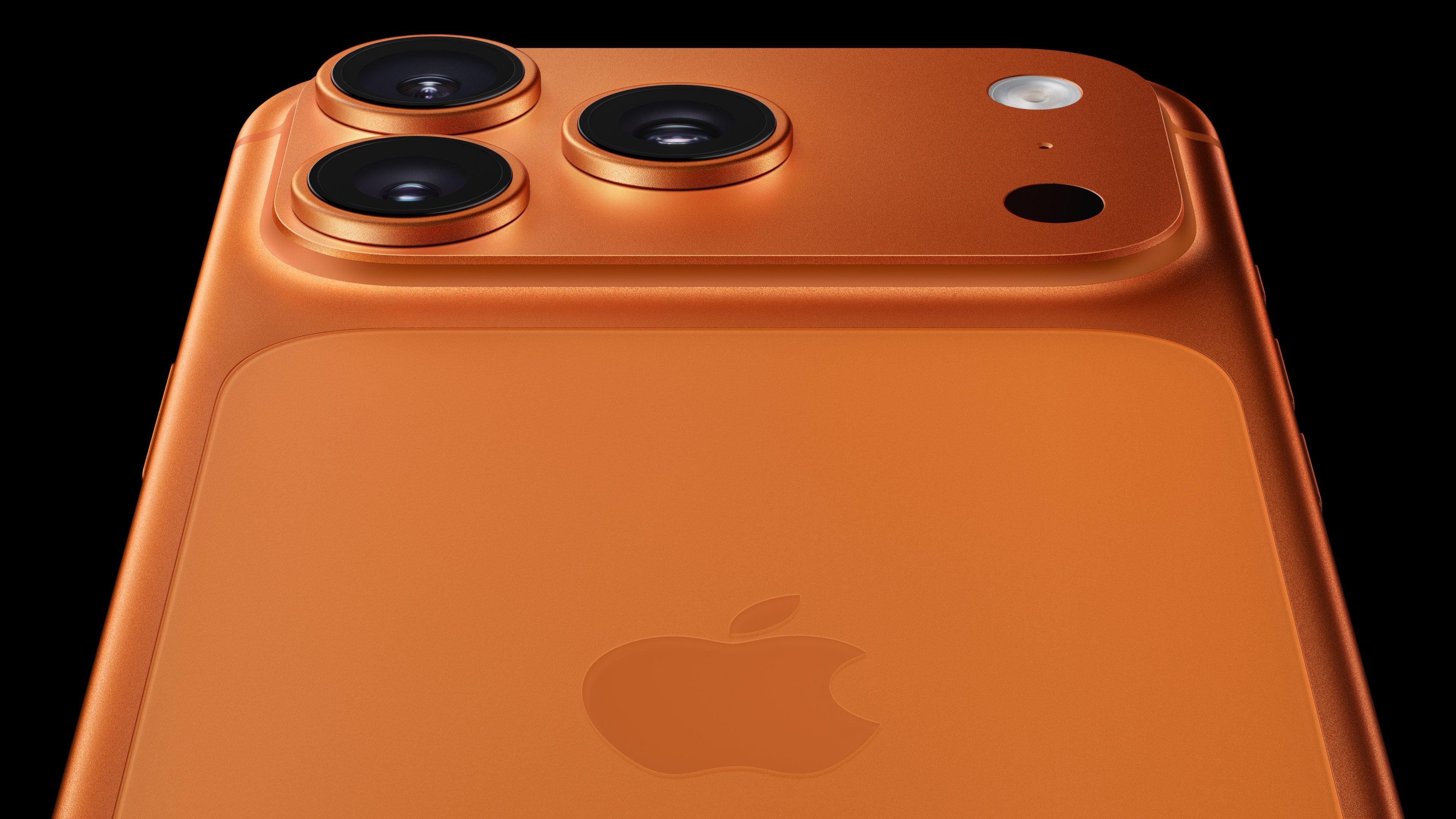With Apple (AAPL +0.04%) shares taking a big hit recently, falling more than 20% since Oct. 1, it's easy to view the stock in the context of its recent price movements. Indeed, the decline may have garnered the attention of some opportunistic investors. Is it time to buy shares of the tech giant?
To decide whether Apple stock is a buy, investors shouldn't be asking whether it's fallen far enough. Instead, they should ask: What is the intrinsic value of Apple stock? Of course, this takes some extra work -- and that's why share-price movements are so rarely discussed in the context of a stock's estimated intrinsic value.

The iPhone XS and XS Max. Image source: Apple.
So, without further ado, let's value Apple stock to see whether it's a buy, sell, or hold.
A discounted cash flow valuation
While no valuation model can perfectly estimate the intrinsic value of a security, Apple's steady and heady cash flow makes it a particularly good fit for the popular discounted cash flow model. A discounted cash flow valuation simply derives a stock's approximate fair value by calculating the present value of estimated future cash flows. This, of course, means that investors need to understand the business enough to make an educated guess at Apple's future cash flows -- namely, its free cash flow, or its cash from operations less capital expenditures. Further, forecasts for this free cash flow growth should be conservative, reducing the risk of overestimating the value of a stock.
So, what is the value of Apple stock in a discounted cash flow valuation? Based on the following assumptions, Apple stock is worth about $210:
- Free cash flow growth of about 4% annually over the next 10 years
- Free cash flow of about 3% annually in perpetuity beyond year 10
- A discount rate of 10% used to calculate the present value of future cash flows
There are plenty of risks to this valuation model, of course. For instance, a higher or lower projection for Apple's free cash flow growth would produce vastly different intrinsic value forecasts for the stock. In addition, changes to the 10% discount rate, which attempts to factor in the time value of money and the opportunity cost for investors who take the risk of putting their money in stocks, would have a dramatic effect on the valuation.
But considering that Apple's free cash flow has risen by an average rate of 6.5% annually over the past four years and that the company's pricing power is as strong as ever, a forecast for 4% annualized growth in free cash flow over the next 10 years seems conservative.
Time to buy?
These conservative forecasts for Apple's future free cash flows value the stock at $210 per share. This would imply the stock is trading at a 16% discount to its estimated fair value (at the time of this writing). While this may not be an adequate margin of safety for the average stock, Apple isn't your average stock. Boasting a long track record of pricing power, a loyal customer base, and a history of successfully launching entirely new product categories from time to time, Apple is the sort of company investors want to have in their portfolio for decades.
For this market leader, a 16% margin of safety is plenty.
Below $180, therefore, Apple stock is a buy -- and an attractive one at that.






